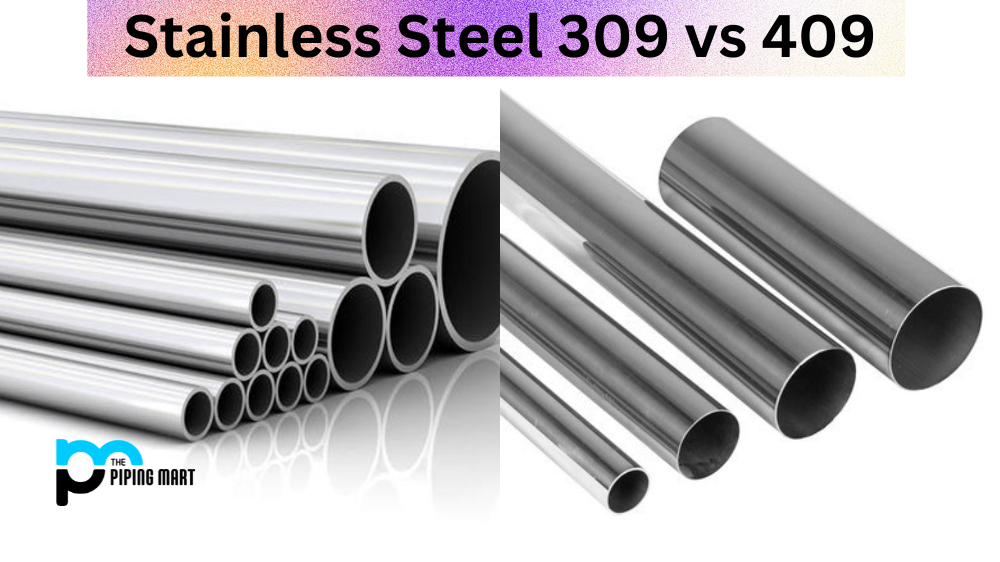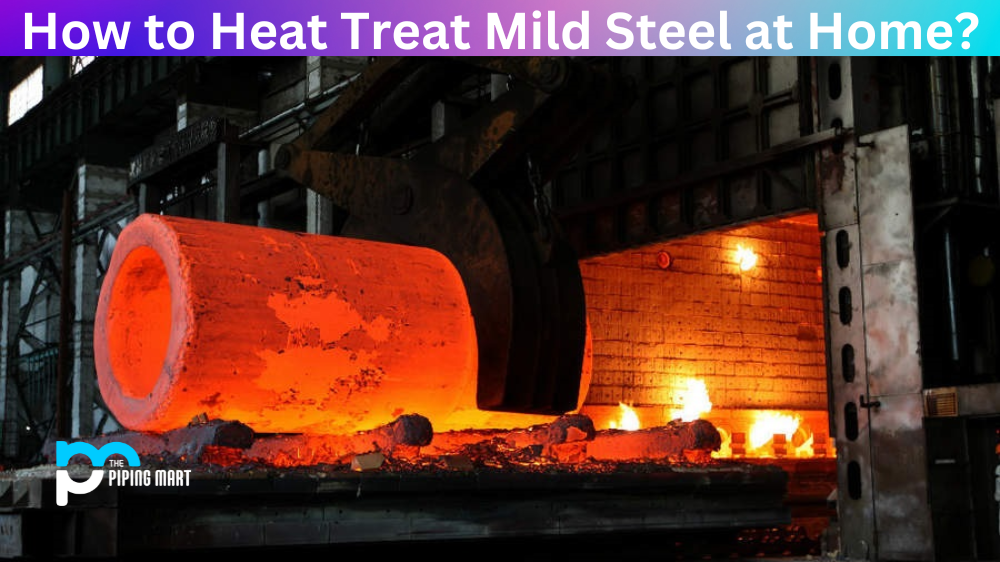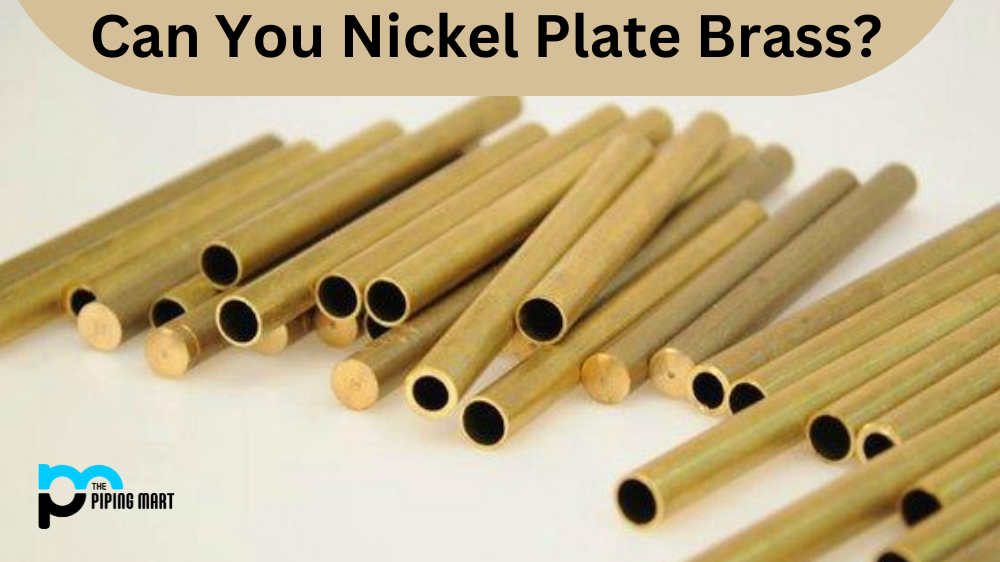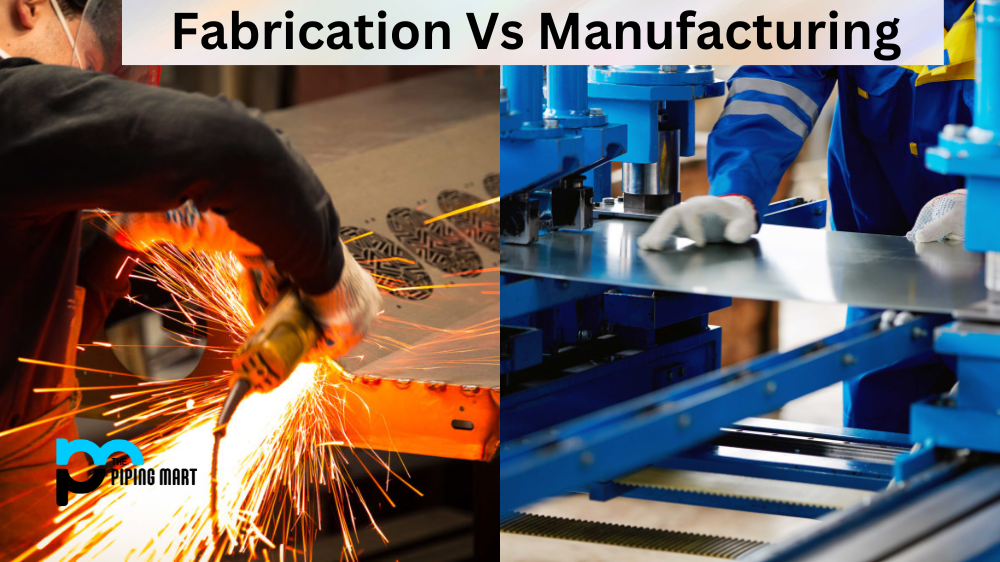Stainless steel is a popular metal alloy known for its corrosion resistance, strength, and durability. It is used in various applications, including construction, automotive, industrial, and household appliances. While many different types of stainless steel are available, the most commonly used grades are 309 and 409. This blog post will explain the differences between these stainless steel alloys and help you determine which suits your needs.
What is Stainless Steel 309?
Stainless Steel 309 is a stainless steel alloy with excellent corrosion resistance and high-temperature strength. It is ideal for applications that require exposure to temperatures between 800-1500°F, such as engine exhaust manifolds, turbine exhaust silencers, and oven linings. It is also used in the production of furnace parts and heating elements. Additionally, it has good formability properties and weldability.
What is Stainless Steel 409?
Stainless Steel 409 is an alloy composed of 11% chromium, 0.5-1.6% nickel, and trace amounts of manganese, titanium and other elements. It offers superior corrosion resistance to Type 430 stainless steel and has moderate strength at elevated temperatures, making it ideal for many automotive applications.
Difference Between Stainless Steel 309 and 409
Composition
The first major difference between stainless steel 309 and 409 is their composition. Stainless steel 309 contains a high percentage of chromium, nickel, and small amounts of manganese and silicon. This makes it highly resistant to oxidation and corrosion, even in high-temperature environments. Stainless steel 409, on the other hand, contains a lower percentage of chromium and nickel and higher amounts of carbon and titanium. While it is more affordable than stainless steel 309, it is also less corrosion-resistant and may require frequent maintenance and cleaning.
Applications
Another important factor to consider when choosing between stainless steel 309 and 409 is their intended application. Stainless steel 309 is often used in high-temperature applications such as furnace parts, heat exchangers, and chemical processing equipment. It is also suitable for welding and forming, making it a popular choice for fabricators and manufacturers. Stainless steel 409, on the other hand, is typically used in automotive exhaust systems, where its resistance to heat and corrosion is essential. It is also used in household appliances, such as ovens and refrigerators.
Durability
Regarding durability, both stainless steel 309 and 409 are highly resilient metals. However, stainless steel 309 may be more durable in extreme environments due to its higher chromium and nickel content. It is also more resistant to pitting corrosion, which can occur when iron is exposed to moisture and salt. Stainless steel 409, while less corrosion-resistant, is still a reliable choice for many applications and can last for many years when properly maintained.
Cost
Finally, the cost is an important factor to consider when choosing between stainless steel 309 and 409. Stainless steel 309 is generally more expensive than stainless steel 409 due to its higher chromium and nickel content. However, it may be a worthwhile investment for applications requiring high temperature or corrosion resistance. Stainless steel 409, on the other hand, is a more budget-friendly option that still provides reliable durability and corrosion resistance.
Conclusion
In conclusion, stainless steel 309 and 409 have unique properties and advantages for different applications. When considering which alloy to choose, weighing the factors of composition, applications, durability, and cost is important. Stainless steel 309 is an excellent choice for high-temperature and corrosive environments, while stainless steel 409 is ideal for automotive exhaust systems and household appliances. Ultimately, the decision depends on your project or application’s needs and requirements.

Abhishek is a seasoned blogger and industry expert, sharing his insights and knowledge on various topics. With his research, Abhishek offers valuable insights and tips for professionals and enthusiasts. Follow him for expert advice on the latest trends and developments in the metal industry.




